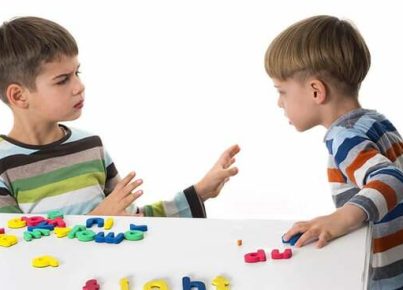This is a stage during which kids build the ability to think logically, as well as the ability to understand conversations. However, they only have the ability to work these skills efficiently in scenarios that they are used to. This is the third stage in the theory of cognitive development proposed by Piaget. Spanning the period of middle childhood, this stage lasts from around age 7 to age 11. Apart from being a crucial phase, the concrete operational stage is also a vital period of transition between earlier development stages and the impending stage where children will learn how to think more hypothetically and abstractly.
Some key characteristics that kids display in a concrete operational stage are:
- Classification: As their vocabulary and experiences grow, the kids build schemata and organize objects differently. They also comprehend classification hierarchies and are able to place objects into different categories and subcategories.
- Reversibility: This refers to an understanding or awareness that actions can be reversed. For instance, a kid might recognize that his dog is a German Shepherd, that a German shepherd is a dog, and that a dog is an animal.
- Conservation: This stands for the understanding that when something changes in appearance or shape, it still remains the same. For instance, a kid will understand that an object’s mass doesn’t change even when it’s rearranged. This means a piece of chalk will still remain a chalk even when the lone piece is broken down into two equal parts. However, kids are able to understand some types of conservation (like mass) earlier than others (say, volume). To explain this (and some other) developmental inconsistencies, Piaget coined the term ‘horizonal decalage.’
- Decentration: Kids at the concrete operational stage no longer focus on just a solitary dimension of any object (say, a glass’s height). Instead, they take into account the changes in other dimensions as well (such as the glass’s width). This facilitates the occurrence of conservation.
- Seriation: Concrete operational kids can organize objects along a quantitative dimension, such as weight or length, in a methodical way. For instance, they can methodically position a series of sticks having varying sizes, say either in ascending or descending order. However, when given the same task, younger children will approach it in a haphazard way.
Though these new cognitive skills improve a kid’s understanding of the physical world, Piaget said they’re still unable to think in abstract ways.




